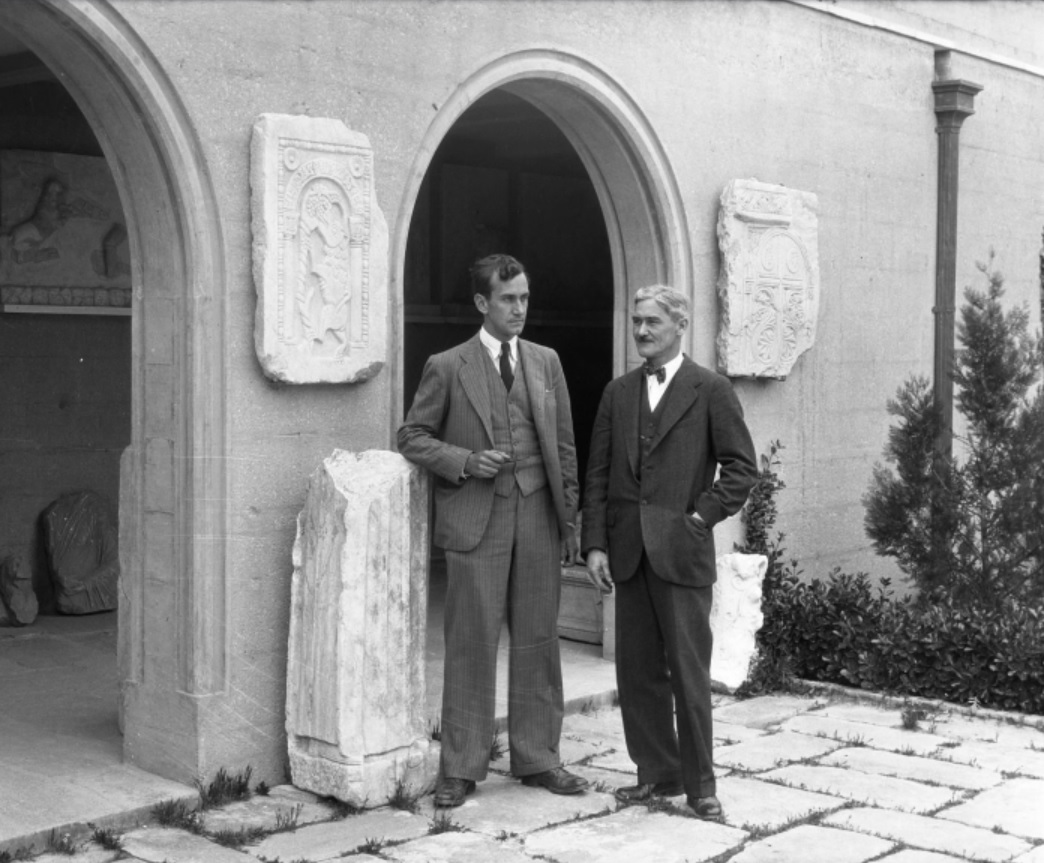
Architect
Stuart W. Thompson was a distinguished American architect, renowned for his influence on the design of academic facilities inspired by the architectural standards of New England. Although his work was primarily centered in the United States, his name became linked with Greece due to his contributions to the architectural design of the Ancient Corinth Museum, his collaboration with the American School of Classical Studies in Athens, and his vision for the original plans of Anatolia College.
Thompson’s architectural style drew inspiration from Georgian and Federalist traditions, hallmarks of American architecture in the 19th and 20th centuries. These influences are evident in his approach to structuring spaces and buildings, blending classical and elegant elements with the functional needs of a modern educational institution. His initial design for Anatolia College was modeled after the classic collegiate layouts of American universities of the era, proposing a “long rectangular” arrangement framed by ten main buildings in symmetrical alignment.
Although his original “U-shaped” plan was not fully realized, the final “L-shaped” design remained impressive, reflecting the aesthetic and principles of the American academic tradition. These buildings stand as unique examples of American architecture in Thessaloniki, with Macedonia Hall serving as a landmark not only for Anatolia College but also for the city at large. The symmetrical geometry and precise openings of Macedonia Hall exude a combination of simplicity and prestige, embodying the Federalist influences of New England.
Through his work for Anatolia College, Thompson left a remarkable architectural legacy, bringing the essence of classical American academic architecture to Greece.





